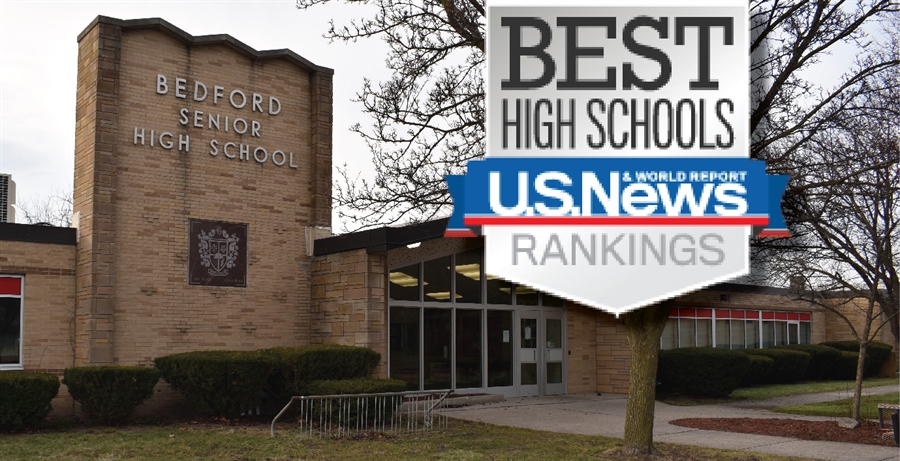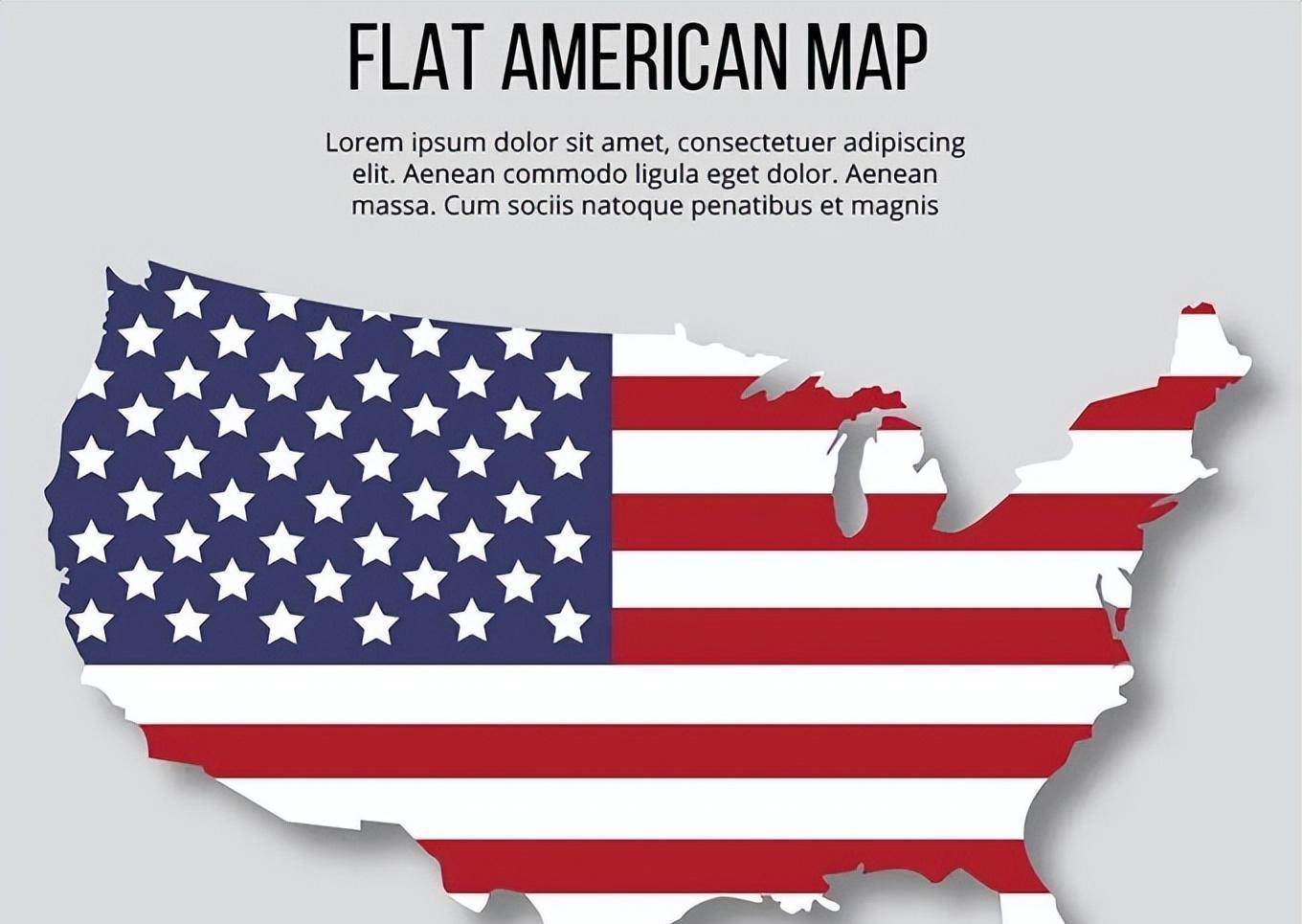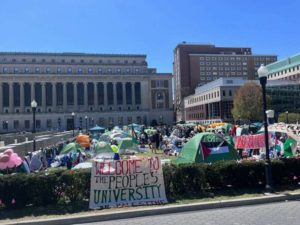Which state has the best public school in ?

51 New Mexico
Total Score – 31.53
Quality Rank – 51
Safety Rank – 47
Oil & gas production, tourism and the federal government drive New Mexico’s economy. Federal technology labs, Los Alamos National Laboratory and Sandia National Laboratories, are two of the largest employers in the state.
New Mexico ranks in the bottom six overall for a sixth straight year largely due to a weak labor supply and lousy current economic climate. Income and job growth have been anemic over the past five years. The state also fares poorly on quality of life metrics, a product of comparatively low school test scores and high crime.
50 Louisiana
Total Score – 32.50
Quality Rank – 46
Safety Rank – 51
Lower energy prices and an expected trade slowdown are having an impact on the state.
The Port of South Louisiana is the largest tonnage port district in the Western Hemisphere and the strong dollar is making goods coming from the U.S. more expensive. The employment outlook is weak. Louisiana also fares poorly in the quality of life category, a reflection of its sky-high crime and low test scores for kids. One plus: business costs are 11% below the U.S. average.
49 District of Columbia
48 Alaska
47 Arizona
46 Nevada
45 Mississippi
44 Alabama
43 Oregon
42 West Virginia
41 Arkansas
Total Score – 42.18
Quality Rank – 34
Safety Rank – 50
An economic magnet for Arkansas, Wal-Mart—the $512 billion-in-sales retail behemoth based out of Bentonville— is invaluable to the state as companies set up shop to remain close to its headquarters.
Bentonville is the home to two of Sam Walton’s children, Jim and Rob, who are worth $89 billion combined. At a median price of $147,000, Arkansas’ home prices are among the lowest in the country. Another selling point for companies: energy costs are 19% below the national average.
40 South Carolina
39 Hawaii
38 Georgia
37 California
36 Texas
35 Tennessee
34 Idaho
33 Oklahoma
32 North Carolina
31 Michigan
30 Utah
29 Missouri
28 Pennsylvania
27 Ohio
26 Florida
25 South Dakota
24 Indiana
23 Montana
22 New York
Total Score – 53.36
Quality Rank – 24
Safety Rank – 12
New York City exerts a significant impact upon global commerce, finance, media, art, fashion, technology, and entertainment, and is often referred to as the “City That Never Sleeps.” As the home of the United Nations Headquarters, it is an important center for international affairs and is widely deemed the cultural capital of the world.
As many as 800 languages are spoken in New York, making it the most linguistically diverse city in the world. Many of the city’s districts, landmarks, museums and parks have become well known throughout the world including Times Square, the Broadway theater district, Wall Street, Chinatown, the Empire State and Chrysler Buildings, Statue of Liberty, Metropolitan Museum of Art and Bronx Zoo.
21 Illinois
20 Kentucky
19 Delaware
18 Washington
17 Rhode Island
16 Iowa
15 Kansas
Total Score – 55.55
Quality Rank – 21
Safety Rank – 6
With several large aircraft corporations operating out of Kansas—including Boeing, Cessna, Learjet and Spirit AeroSystems—the state’s economy is heavily influenced by the aerospace industry.
Kansas offers one of the best business incentive packages of programs in the country and the state scores points for its pro-business regulatory climate, which is tops in the nation, according to the Cato Institute.
14 Nebraska
Total Score – 56.42
Quality Rank – 12
Safety Rank – 28
Nebraska ranks among the top five states in FORBES’ Best States for Business for the fourth straight year thanks to its low business costs and business-friendly regulatory climate. Lincoln is the state capital, but Omaha stands as Nebraska’s largest city and economic center.
Omaha is home to Berkshire Hathaway, whose CEO and founder, Warren Buffett, is the third richest person in the world. The city is also home to ConAgra, Mutual of Omaha, InfoUSA and TD Ameritrade. At 3.2%, Nebraska’s average unemployment rate over the last five years ranks second lowest in the country.
13 Maine
12 Wyoming
11 North Dakota
10 Colorado
Total Score – 57.45
Quality Rank – 14
Safety Rank – 8
Colorado has a young, educated labor supply and a migrating population that is attracted to its robust economy and outdoor recreational opportunities.
At 41%, Colorado adults have the second-highest level of college attainment, behind only Massachusetts. The percent of the population age 25-34 is also second highest in the U.S. Colorado is expected to have the second-fastest job growth over the next five years, per Emsi data.
9 Wisconsin
8 Maryland
7 Minnesota
6 Virginia
5 Vermont
4 New Hampshire
3 Connecticut
2 New Jersey
1 Massachusetts
Total Score – 74.16
Quality Rank – 1
Safety Rank – 1
Massachusetts’ business costs, including labor, energy, and taxes, are the highest of the 48 contiguous states—only Hawaii is higher—at 19% above the national average. Though its regulatory climate is also lousy, the Bay State benefits from a host of top-notch universities dumping thousands of highly educated graduates into its labor supply each year.
These grads—and the subsequent companies they startup— attract the third most venture capital money in the U.S., behind only California and New York. Massachusetts ranks fourth on quality of life thanks to the state’s strong schools, bountiful arts, and recreation opportunities, a healthy populous and a plethora of top-rated colleges.
![]()






